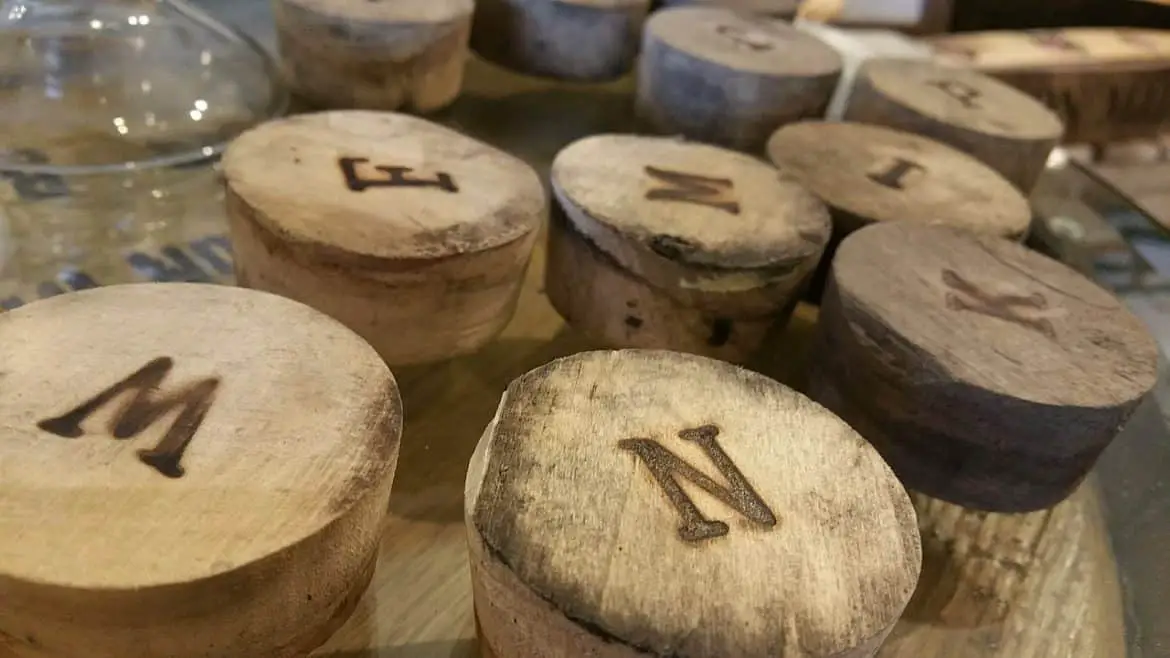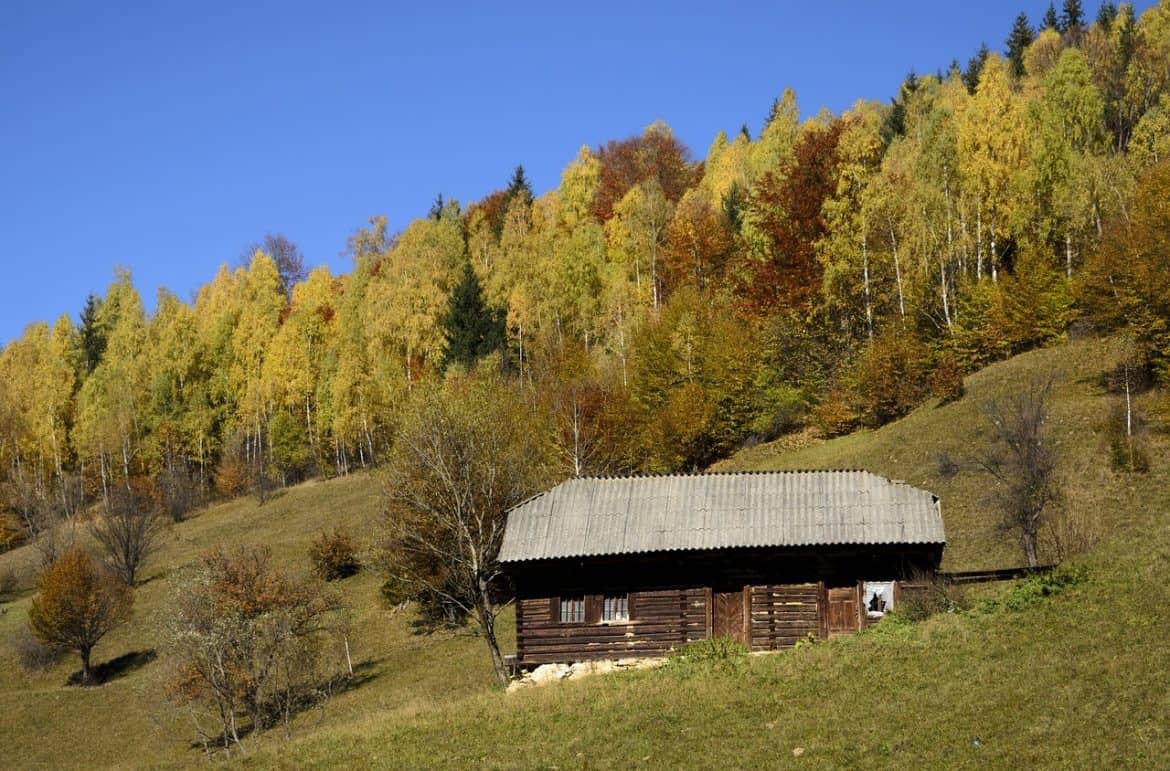While talking with some prepper friends, I was shown a picture of the kit of a particular survival instructor. This man had skills, no doubt. However I was amazed at the magnitude of his gear. He had 3 different shovels – from a small backpacking trowel, to a large sharpened cold steel shovel. He carried […]
Month: December 2012
Bung Sizes for Brewing
Today’s article on Bung sizes is more for me, than it is for you. I need a handy reference of what the numbers on the sides of the rubber stoppers mean in relation to size. The other day I needed a stopper for a non-standard (meaning scrounged) glass carboy. The jug was bigger than my […]
Prepsteading – A New Take on an Old Concept
I recently heard a term that, as both a prepper as well as an urban homesteader, spoke to me. It is such a simple term that I wish I had devised it. Fortunately by tracking down the term’s creator I met an interesting group of people that share the same common goals. The creator of […]



